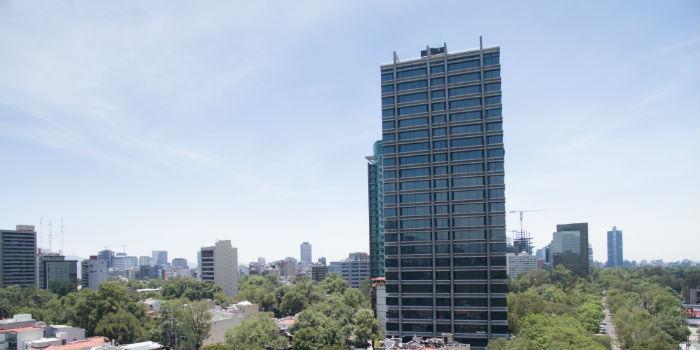 Latin America. Due to the way of life in large cities, where the consumption of natural and artificial resources is excessive, it has become necessary to have plans and measures that help reduce the impacts on the environment. One way to achieve this is sustainable architecture.
Latin America. Due to the way of life in large cities, where the consumption of natural and artificial resources is excessive, it has become necessary to have plans and measures that help reduce the impacts on the environment. One way to achieve this is sustainable architecture.
Sustainable architecture is the form of construction that seeks to minimize the environmental impact of buildings, through efficiency and reduction of natural resources that are implemented in its elaboration and in the subsequent use of the property. Another of its purposes is to use high quality materials to fit with the environment and offer comfort to its users.
In a report presented by the Commission for Environmental Cooperation (CEC), an international body created by Canada, the United States and Mexico, in 2008, it was explained that in these countries the operation of commercial and residential buildings represents about 20, 30 and 40 percent, respectively, of basic energy consumption.
On the other hand, the U.S. Green Building Council (USGBC) calculated that, on average, sustainable architecture reduces energy use by 30 percent and carbon emissions by 35 percent.
Glass as an ally of sustainability
If we look closely at the current urban landscape, it can be said that most of the large buildings built in recent decades have glass, either in front or, in some cases, on all their exterior faces. Is glass a fashionable material or what is the reason for its use on large scales?
The main reason why this use has been given to glass is that there are few efficient and aesthetic materials like this. Among its benefits, we can count that it gives more light to the buildings, the constructions adapt visually to their environment, allows to have thermal insulation (which helps the reduction of energy by improving the internal temperature), greatly reduces noise pollution and provides a good view to the outside.
Thanks to the aforementioned benefits of glass, sustainable architecture sees in it an ally when building medium and large buildings.
However, the glass used in constructions is not the same in all cases. There are variables in the construction industry, so each building must have the material that best suits the environment and the needs of users.
For example, an ideal glass for sustainable projects is low-e (low emissivity) of which there are two types:
Hard layer where a layer and a type of metal are deposited on the surface of the glass in the waterline; this is used for cold climates in order to generate heat. On the other hand, there is the Soft Layer or selective glass, which carries in its elaboration process several layers of various metals on the surface of the glass and electromagnetic shocks are applied, invisible to the naked eye.
The latter is the one that is most used in sustainable architecture, since it helps to comply with the standards of energy saving because it is thermally effective.
Low-e Soft Layer glasses have different specifications that achieve different performances, some let more or less light through, depending on the function of the building, location, the role of glass in the project, aesthetics, among other variants.
This type of material cannot be easily acquired. Due to its care and the specialization it requires for its treatment (laminating, tempering, insularizing it), professional management is needed, such as the one that companies such as Grupo Tecno provides, since it can be left useless just by touching it on its coted face (the thin layer where the metals were poured).
Grupo Tecno has specialists in the handling and care of this and more types of glass, because it is committed to helping to improve urban environmental life, as well as its aesthetic appreciation.


























Leave your comment